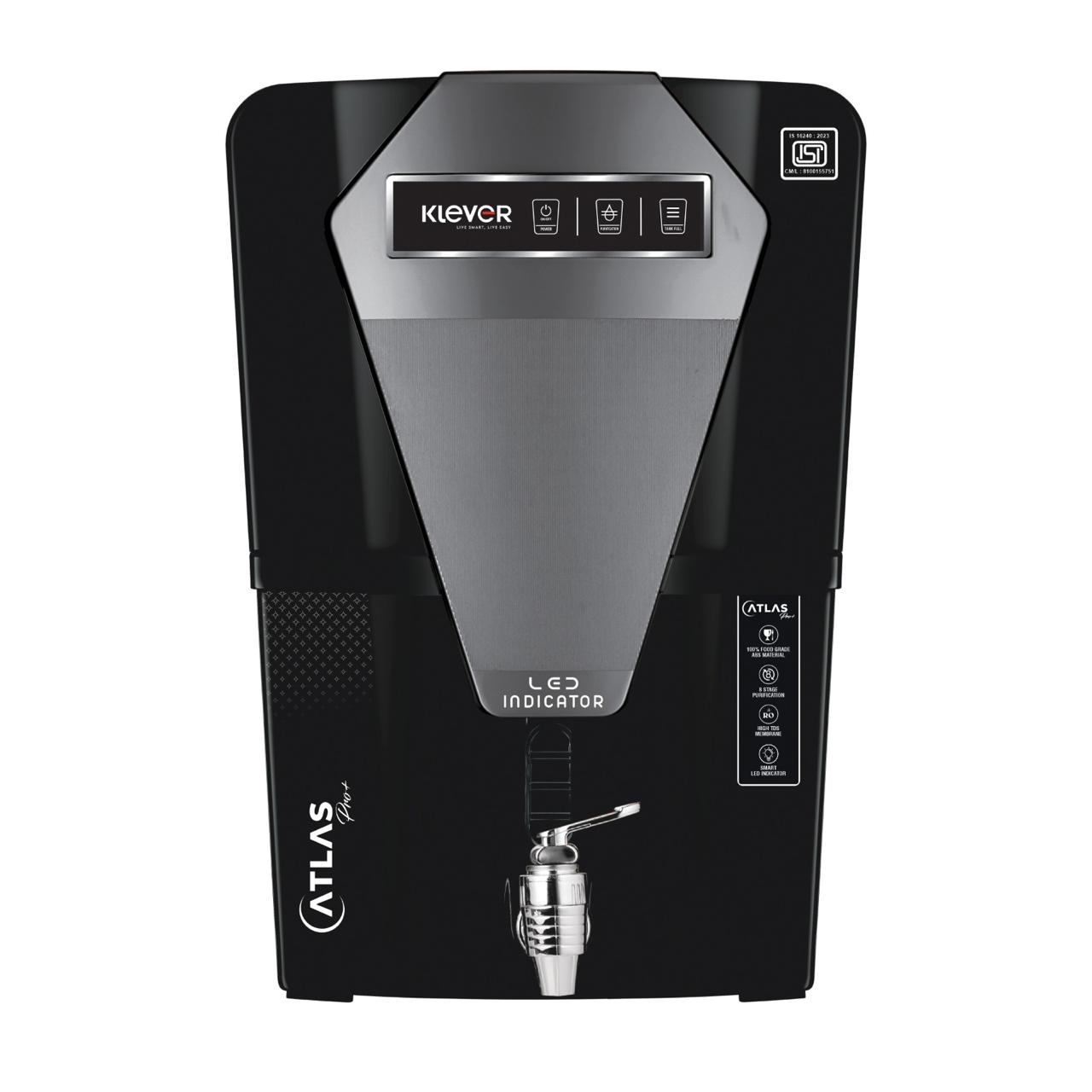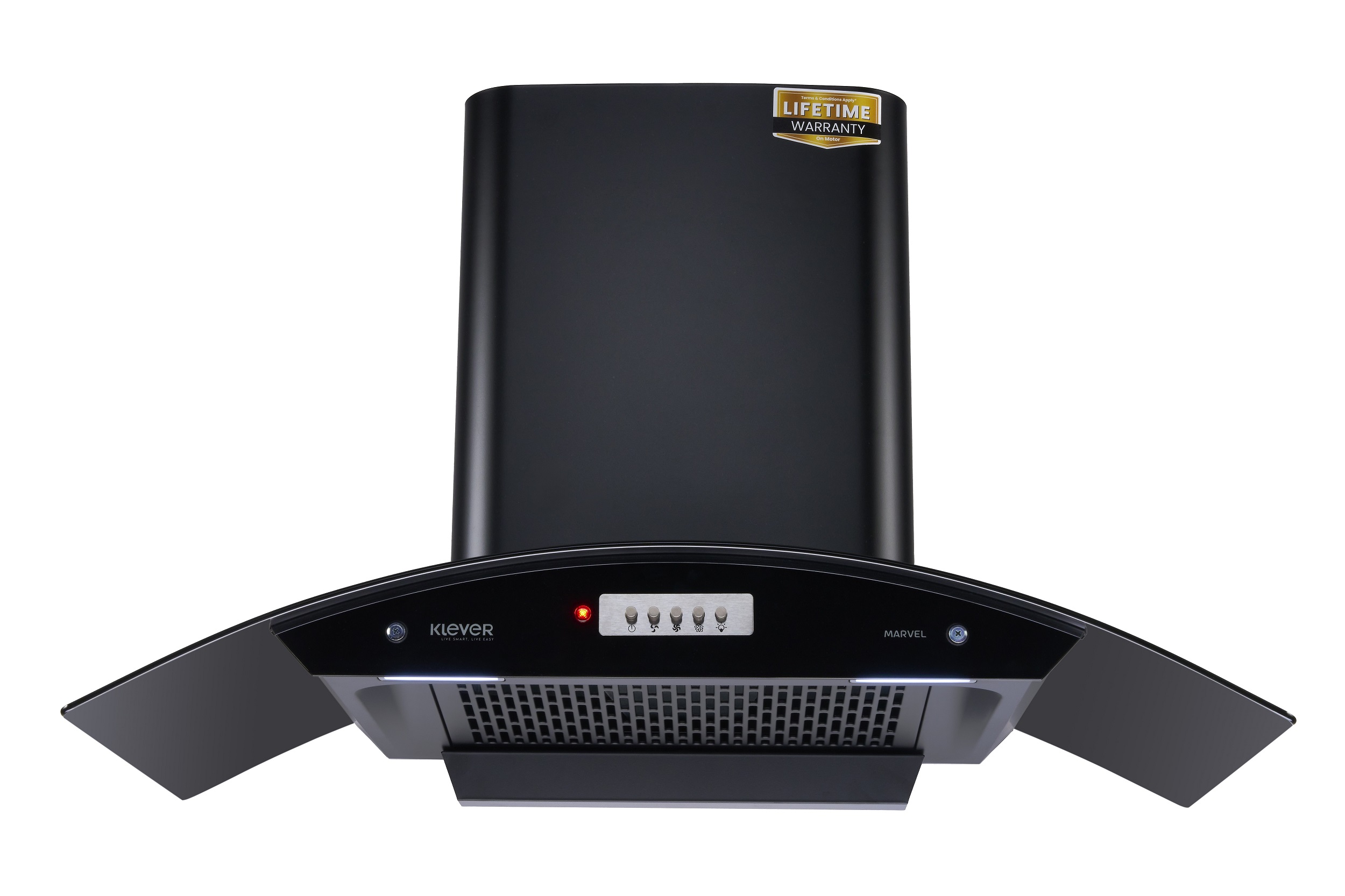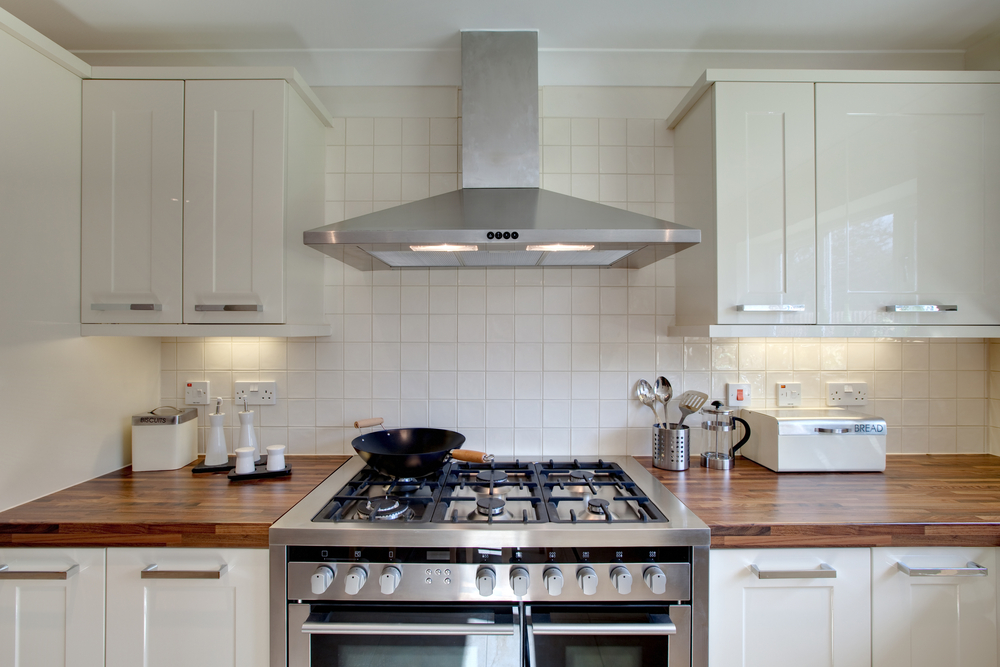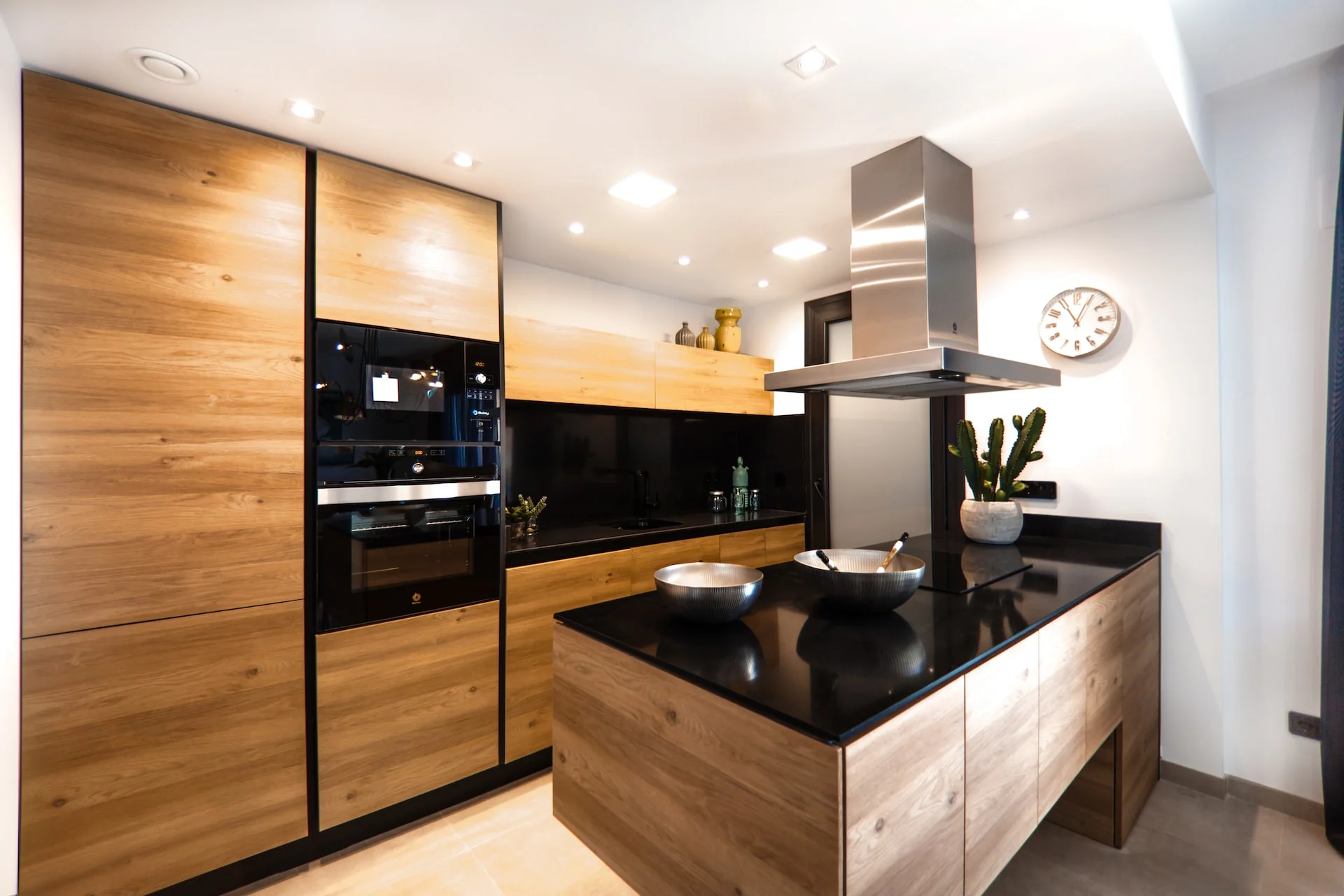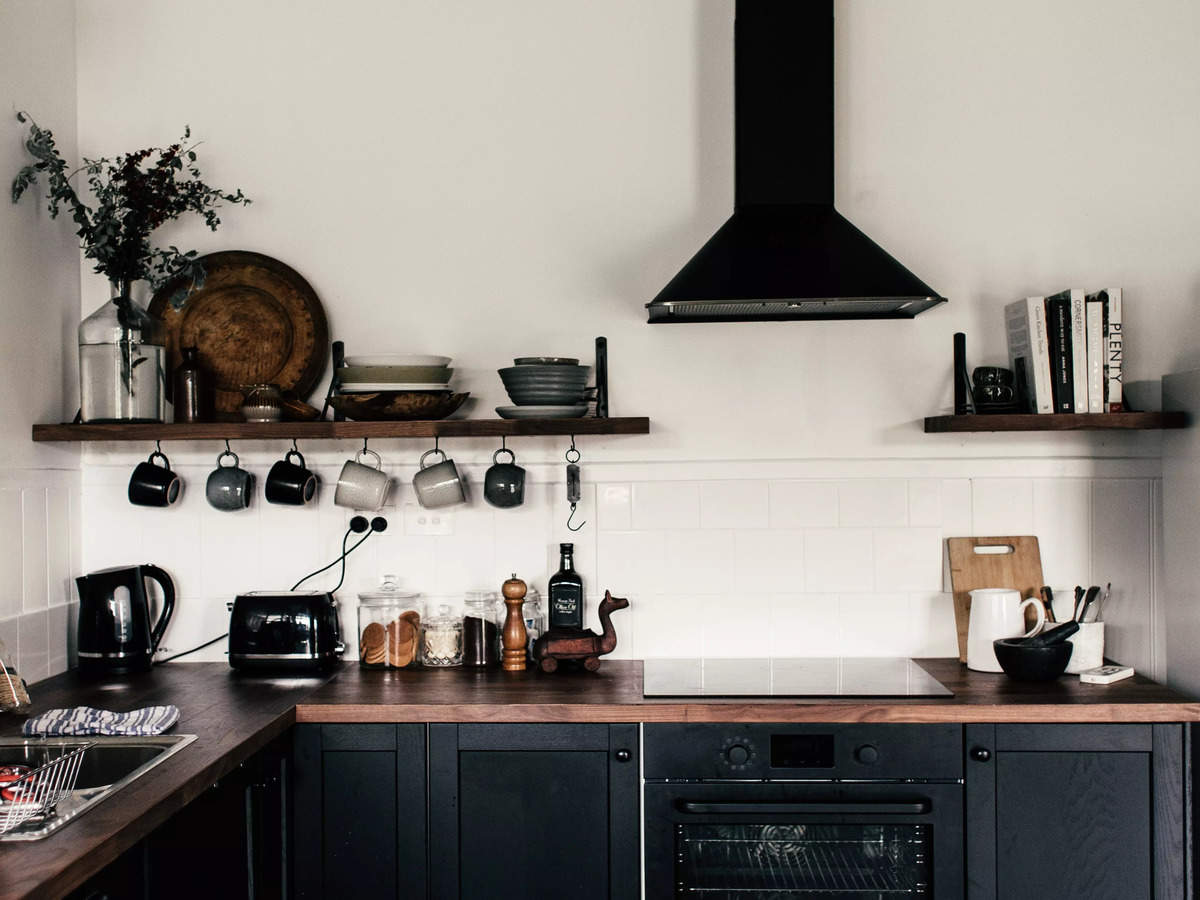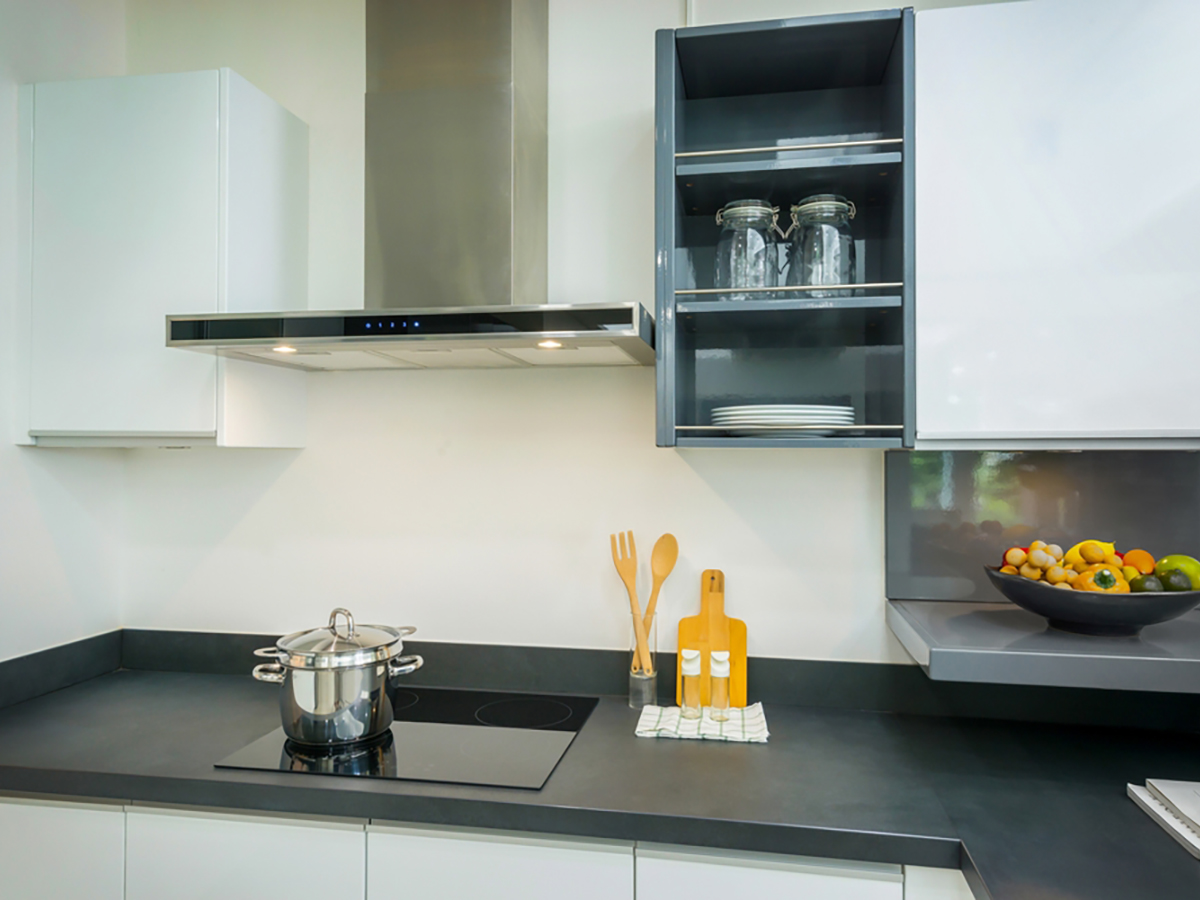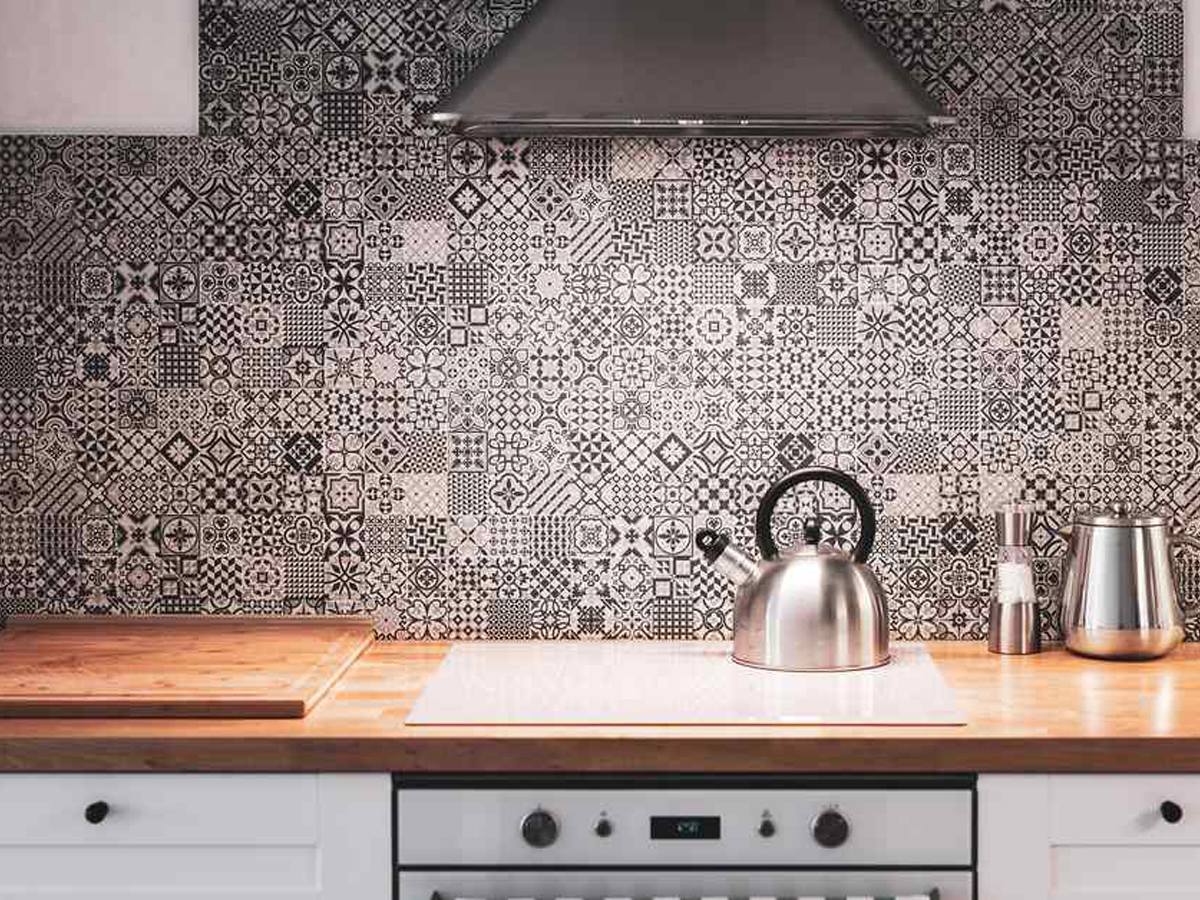Introduction
In the lush and culturally rich state of Assam, where the culinary tradition is as vibrant as its landscapes, the modern kitchen is evolving with a focus on efficiency and comfort. Among the essential appliances enhancing the functionality of kitchens, the kitchen chimney stands out. This guide explores the multifaceted role of kitchen chimneys, emphasizing their benefits, types, installation processes, and maintenance tips specifically for Assam. From improving air quality to complementing local cooking styles, kitchen chimneys are crucial in creating an optimal cooking environment.
Why a Kitchen Chimney is Essential
1. Improved Air Quality
In Assam, where traditional cooking methods often involve open flames and extensive use of spices, the air quality in the kitchen can deteriorate rapidly. Kitchen chimneys are designed to capture and expel smoke, grease, and strong odors, ensuring that your kitchen remains a pleasant space. They are particularly important in areas with limited natural ventilation or where kitchen space is compact.
2. Enhanced Kitchen Hygiene
Assamese cuisine often involves dishes with rich, aromatic spices that can result in substantial grease and oil splatter. A kitchen chimney effectively reduces the buildup of these substances on kitchen surfaces, walls, and cabinetry. By maintaining a cleaner environment, you not only prolong the life of your kitchen fixtures but also make cleaning easier and more efficient.
3. Reduced Heat and Smoke
Cooking generates heat and smoke, which can make the kitchen uncomfortable, especially during Assam’s humid weather. Kitchen chimneys help in mitigating this discomfort by removing excess heat and smoke. This feature is particularly beneficial in ensuring a cooler and more pleasant cooking environment, which is essential during the hotter months.
4. Prevention of Health Issues
Exposure to cooking fumes and smoke can pose health risks, including respiratory problems and irritation of the eyes. A kitchen chimney reduces these risks by extracting harmful particles and improving air quality. This is especially important in households where members may have respiratory conditions or allergies.
Types of Kitchen Chimneys
Understanding the various types of kitchen chimneys available will help you make an informed decision based on your kitchen’s layout and your cooking needs. Here’s a detailed look at the common types:
1. Wall-Mounted Chimneys
Wall-mounted chimneys are a popular choice for traditional kitchens. They are installed on the wall above the cooking range and are available in various sizes and designs. This type of chimney is suitable for both modern and classic kitchen interiors and provides effective ventilation.
- Design Flexibility: Wall-mounted chimneys come in a range of styles, from sleek, modern designs to more traditional looks, allowing you to choose one that complements your kitchen decor.
- Installation Considerations: Ensure that the chimney is installed at the correct height above the cooking area for optimal performance.
2. Island Chimneys
Island chimneys are designed for kitchens with a central cooking island. These chimneys are mounted on the ceiling and provide a contemporary look. They are ideal for open-plan kitchens where the cooking area is central and exposed.
- Aesthetic Appeal: Island chimneys offer a stylish, modern look and can serve as a focal point in the kitchen.
- Installation: Proper installation is crucial, as the chimney needs to be mounted securely from the ceiling and connected to the ducting system.
3. Built-In Chimneys
Built-in chimneys are integrated into the kitchen cabinetry, offering a seamless and unobtrusive design. They are ideal for minimalist and modern kitchen styles, where the focus is on clean lines and clutter-free spaces.
- Space Efficiency: Built-in chimneys are designed to blend with the cabinetry, saving space and providing a streamlined appearance.
- Customization: These chimneys can be customized to fit specific cabinet sizes and kitchen layouts.
4. Under-Cabinet Chimneys
Under-cabinet chimneys are installed beneath the kitchen cabinets, making them a space-efficient option for smaller kitchens. They offer a practical solution without occupying additional space.
- Convenience: They are ideal for kitchens with limited wall space or where a more compact design is preferred.
- Maintenance: Ensure that the chimney has easy-to-remove filters for convenient cleaning.
5. Corner Chimneys
Corner chimneys are designed for kitchens with corner cooking areas. They are mounted in the corner and are specifically designed to capture smoke and fumes from all angles.
- Effective Ventilation: Corner chimneys ensure that smoke and fumes are efficiently extracted from the cooking area.
- Design Considerations: Choose a model that fits the corner space and complements the overall kitchen design.
Key Features to Consider
When selecting a kitchen chimney, several features should be considered to ensure that it meets your needs and provides optimal performance:
1. Suction Power
The suction power of a kitchen chimney, measured in cubic meters per hour (m³/h), determines its effectiveness in removing smoke and odors. A higher suction power is essential for handling heavy cooking fumes, especially in kitchens where rich, aromatic dishes are prepared.
- Cooking Style: If you frequently cook dishes that produce a lot of smoke and grease, opt for a chimney with higher suction power.
- Kitchen Size: Larger kitchens may require more powerful chimneys to ensure effective ventilation.
2. Filter Type
The filters in a kitchen chimney play a crucial role in trapping grease and other particles. The most common filter types include:
- Baffle Filters: These are effective at capturing grease and are easy to clean. They are well-suited for Indian cooking, which often involves frying and grilling.
- Charcoal Filters: Charcoal filters absorb odors and are ideal for kitchens where strong smells are prevalent. They are often used in conjunction with other filters.
- Mesh Filters: Basic filters that capture larger particles. They may require more frequent cleaning and are sometimes combined with other filter types.
3. Size and Design
The size of the chimney should correspond to the size of your cooking area for optimal performance. Additionally, the design should complement your kitchen’s decor, whether you prefer a sleek, modern look or a more traditional style.
- Size Matching: Ensure that the chimney’s width matches or exceeds the width of your cooking range.
- Design Harmony: Choose a design that complements the overall aesthetic of your kitchen.
4. Noise Level
Kitchen chimneys can vary in noise levels. Some models may produce considerable noise during operation, which can be disruptive. Look for models with noise levels that are acceptable for your kitchen environment.
- Quiet Operation: Consider chimneys with noise-reducing features or lower decibel ratings if noise is a concern.
- Comfort: A quieter chimney ensures a more pleasant cooking experience.
5. Ease of Cleaning
Regular cleaning is essential to maintain the efficiency and longevity of your kitchen chimney. Choose a model with removable and washable filters and a design that allows easy access for cleaning.
- Filter Maintenance: Opt for filters that are easy to remove and clean.
- Surface Cleaning: Select a chimney with a smooth, easy-to-wipe surface to simplify maintenance.
Installation of Kitchen Chimneys
Proper installation is crucial for the effective performance of a kitchen chimney. Here’s a detailed guide to ensure a successful installation:
1. Choose the Location
Select a suitable location for the chimney, typically above the cooking area. The location should allow for effective extraction of smoke and be convenient for both installation and use.
- Height Considerations: Install the chimney at a height that allows for efficient smoke capture while ensuring ease of use.
- Ventilation Path: Ensure that there is a clear path for ducting or venting to the outside.
2. Measure and Mark
Accurately measure and mark the installation points for the chimney. Ensure that the measurements align with the chimney’s size and the cooking area.
- Measurement Accuracy: Proper measurements ensure that the chimney fits well and operates efficiently.
- Marking Points: Use a level to mark installation points to ensure the chimney is installed straight.
3. Install the Chimney
Follow the manufacturer’s instructions for mounting the chimney. This typically involves securing the chimney to the wall or ceiling and connecting it to the ductwork or vent system.
- Wall Mounting: Securely attach the chimney to the wall using appropriate anchors and screws.
- Ceiling Mounting: For island chimneys, ensure that the ceiling mount is secure and able to support the weight of the chimney.
4. Connect the Ducting
If the chimney is ducted, connect the ducting to the chimney and ensure that it is properly sealed. For ductless chimneys, install the charcoal filters as per the manufacturer’s instructions.
- Ducting Installation: Ensure that the ducting is properly connected and sealed to prevent leaks and maintain efficiency.
- Charcoal Filter Installation: Follow the instructions for installing and replacing charcoal filters.
5. Test the Chimney
After installation, test the chimney to ensure that it operates correctly and effectively removes smoke and odors. Check for any issues with airflow or noise.
- Functional Testing: Turn on the chimney and check for proper suction and ventilation.
- Inspect for Leaks: Ensure there are no leaks in the ducting or connections.
Maintenance Tips for Kitchen Chimneys
Regular maintenance is key to ensuring the longevity and efficiency of your kitchen chimney. Here are some essential maintenance tips:
1. Clean the Filters
Regularly clean the filters to remove grease and debris. Depending on the type of filter, this may involve washing, soaking, or replacing them.
- Baffle and Mesh Filters: Clean these filters periodically to ensure optimal performance. Baffle filters are typically dishwasher-safe, while mesh filters may need hand washing.
- Charcoal Filters: Replace charcoal filters according to the manufacturer’s recommendations, as they lose effectiveness over time.
2. Check the Ducts
Inspect the ductwork for any blockages, leaks, or damage. Clear any obstructions to ensure proper airflow and ventilation.
- Duct Cleaning: Periodically clean the ducts to remove any accumulated grease or debris.
- Seal Leaks: Repair any leaks or gaps in the ductwork to maintain efficient operation.
3. Remove Grease Build-Up
Clean the interior and exterior surfaces of the chimney to remove any grease build-up. Use appropriate cleaning agents and tools to avoid damaging the appliance.
- Interior Cleaning: Use a degreaser to clean the interior surfaces, including the chimney hood and the area around the filters.
- Exterior Cleaning: Wipe down the exterior surfaces with a soft cloth and mild cleaner to maintain a polished appearance.
4. Schedule Professional Servicing
Consider scheduling regular professional servicing to ensure that the chimney remains in optimal condition. A professional can perform a thorough inspection and address any potential issues.
- Routine Checks: Schedule servicing at least once a year to keep the chimney in good working order.
- Expert Repairs: Professional servicing can help identify and repair any issues that may not be apparent during regular use.
Choosing the Right Kitchen Chimney for Assam
When selecting a kitchen chimney in Assam, several regional factors should be considered:
1. Climate Considerations
Assam’s humid and tropical climate can impact the performance of kitchen chimneys. Opt for models that can handle high humidity and moisture levels effectively.
- Moisture Resistance: Choose chimneys with features designed to handle high humidity, such as rust-resistant materials and moisture-proof components.
- Durability: Ensure that the chimney is built to withstand the local climate conditions.
2. Local Cooking Styles
Assamese cuisine involves cooking methods and ingredients that can produce significant smoke and strong odors. Choose a chimney with high suction power and effective filters to manage these demands.
- Suction Capacity: Select a chimney with adequate suction capacity to handle the volume of smoke and fumes generated by traditional Assamese dishes.
- Filter Efficiency: Ensure that the filters are designed to capture grease and odors effectively.
3. Energy Efficiency
In Assam, where power outages and fluctuations can be common, consider energy-efficient models that consume less power and offer reliable performance.
- Energy Rating: Look for chimneys with high energy efficiency ratings to reduce power consumption and operational costs.
- Backup Options: Consider chimneys with features that allow them to function efficiently during power fluctuations.
Conclusion
A kitchen chimney is an invaluable addition to any modern kitchen, offering numerous benefits from improved air quality to enhanced hygiene. By understanding the different types of chimneys, their key features, and maintenance requirements, you can make an informed decision tailored to your specific needs in Assam. Investing in a high-quality kitchen chimney not only enhances your cooking experience but also contributes to a healthier and more comfortable kitchen environment. Whether you’re renovating your kitchen or setting up a new one, the right chimney will help you maintain a clean, fresh, and enjoyable cooking space, reflecting the vibrant and diverse culinary culture of Assam.







